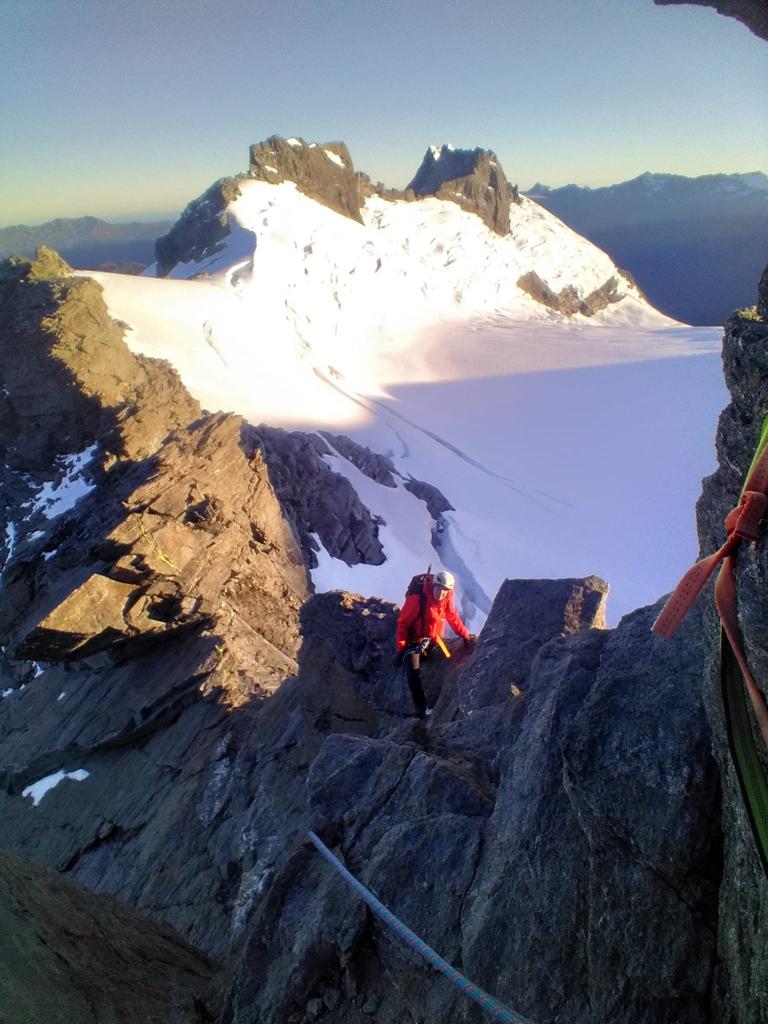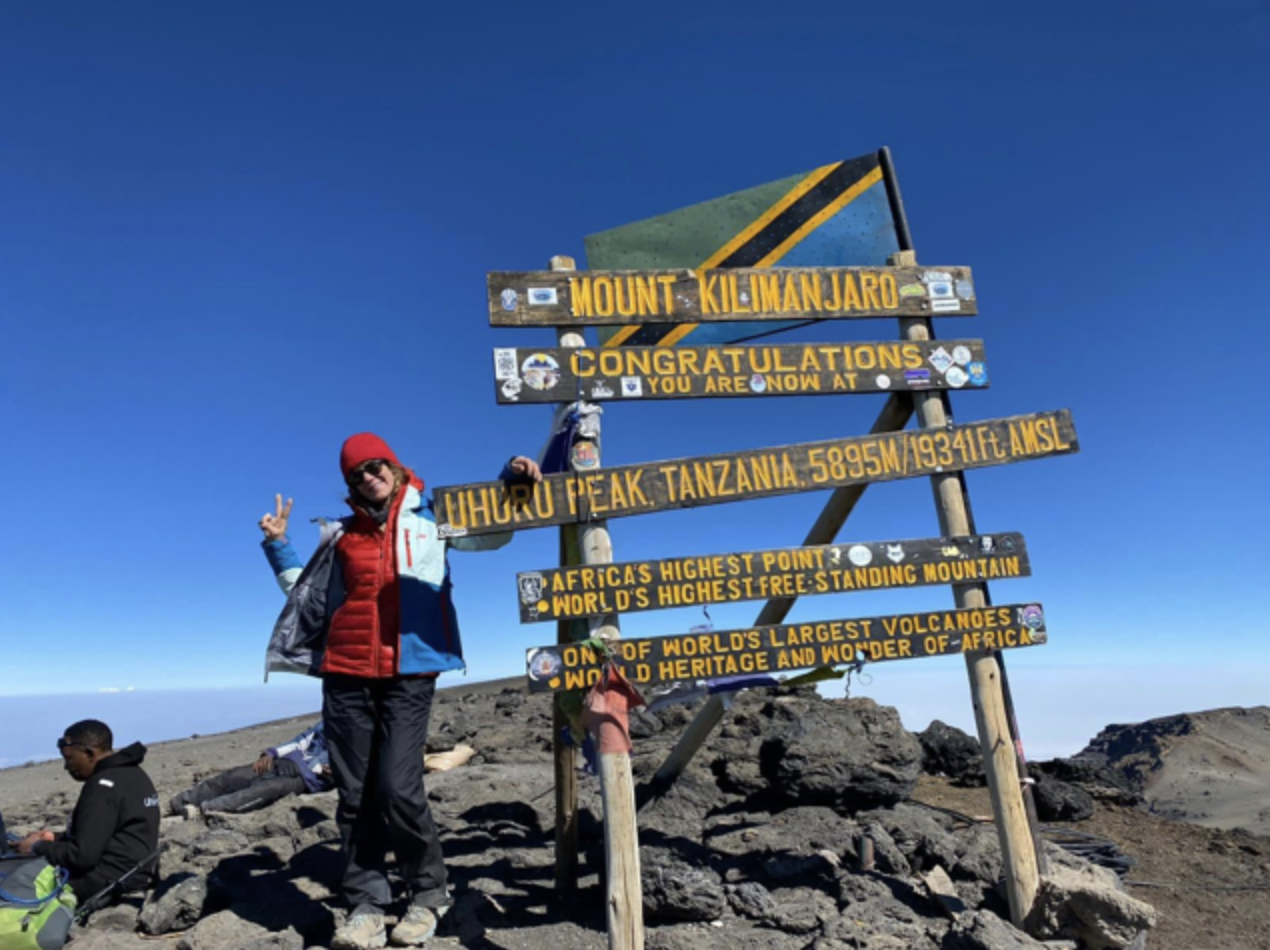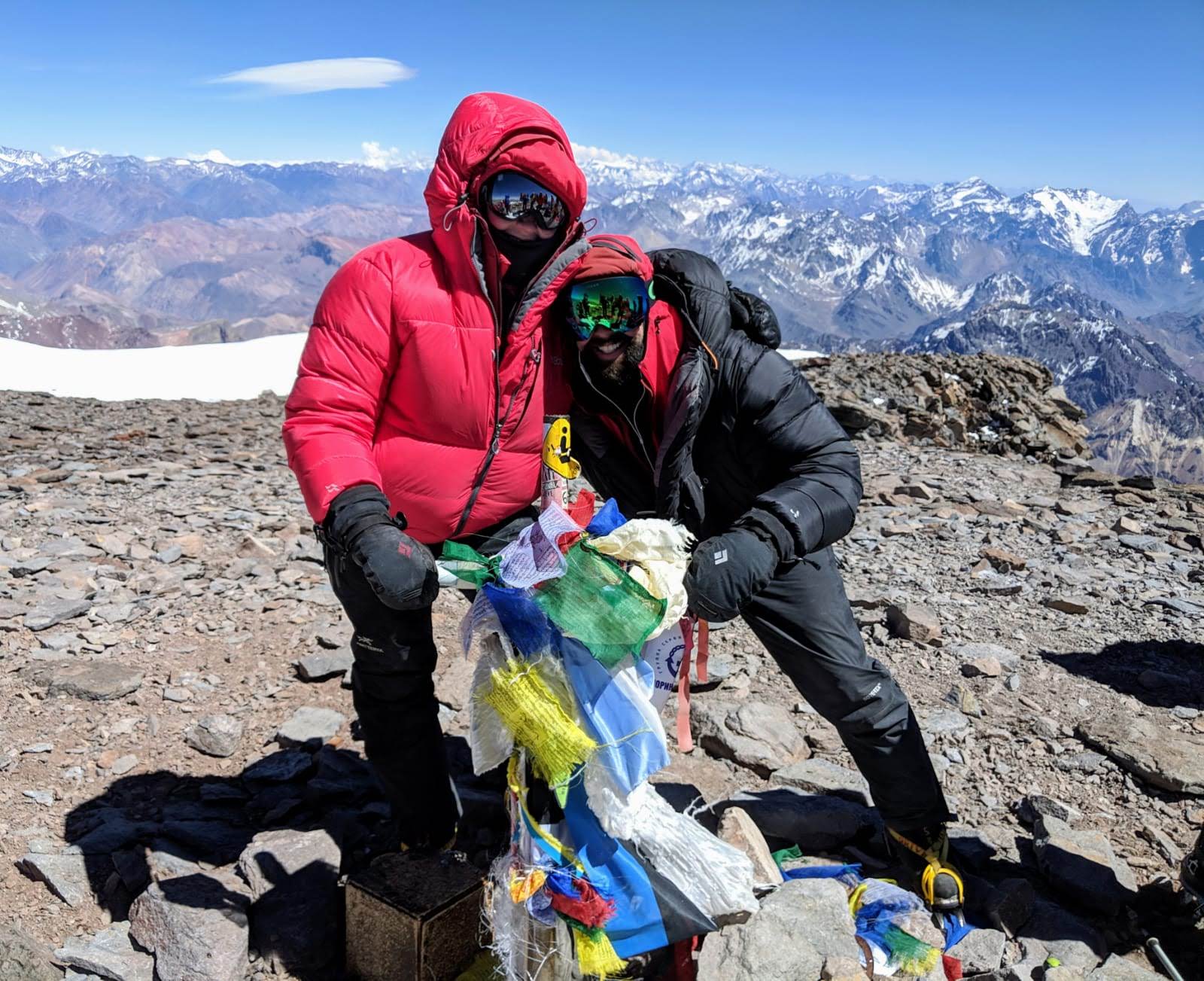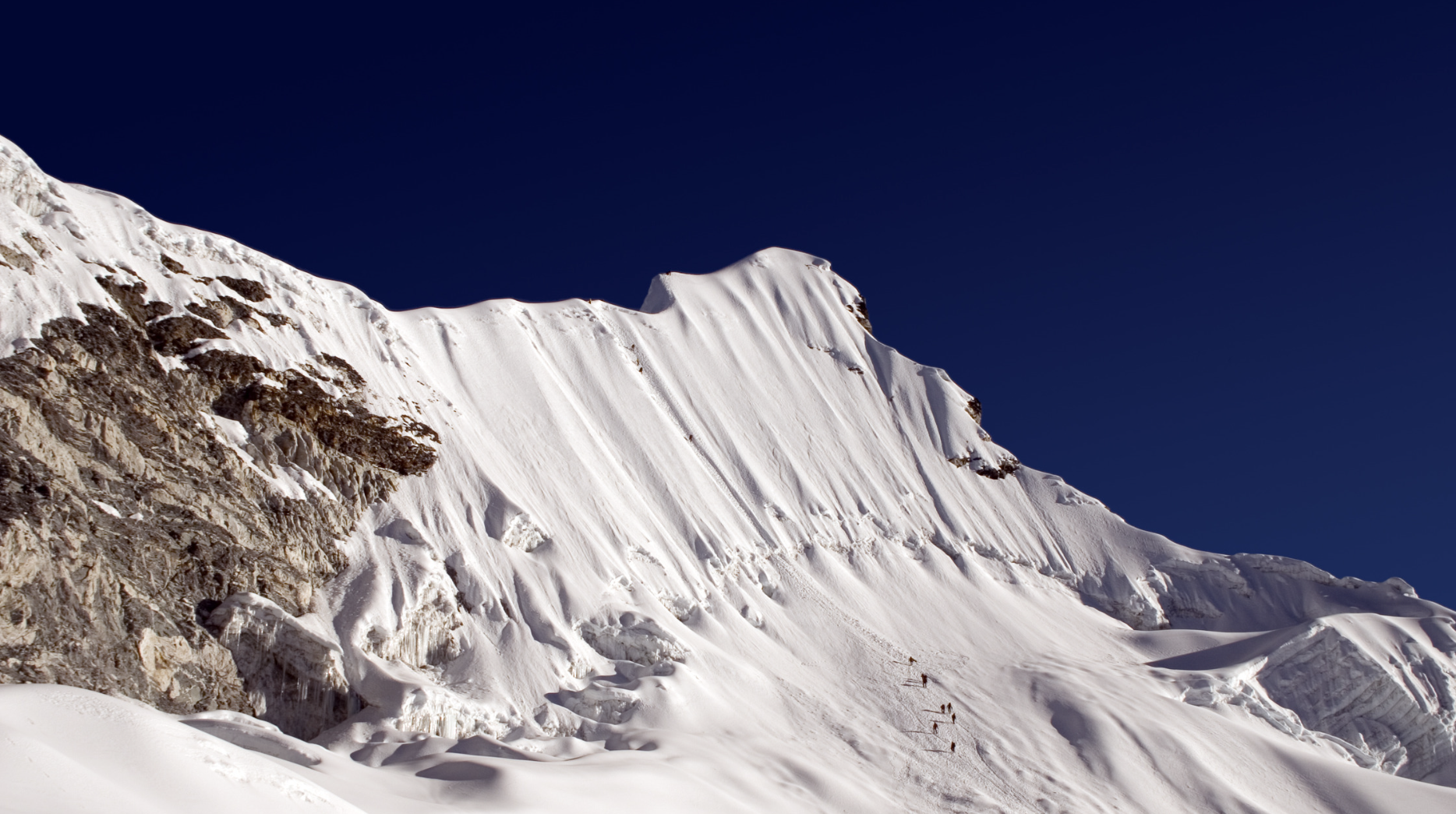Every mountaineering and trekking packing list will have the item “First Aid Bag” but the big question is, what should go in that First Aid Bag?
I’ll let you in on a little secret – the best and most useful first aid bags are not bought in mountaineering and trekking stores and they are definitely not bright red with a first aid sign on them.
I made this mistake when I did my first high altitude trek in Peru. I went into a reputable store in London and bought a little red first aid bag with the promises that it had all that I needed for my adventure. The truth is, I only ever used one thing out of that bag and that was a plaster that fell off an hour after I put it on. I say this time and time again to my Mountaineering & Trekking clients, everybody’s body is different and what may work for one person does not necessarily work for the next. This applies to all areas of mountaineering and trekking, including training, nutrition, and even the finer things like a first aid bag. What I need in my little bag may not be the same as what you need in yours and to simply buy a little red bag from a store and assume that that will suffice is the wrong decision when embarking on a potentially dangerous adventure.
The best first aid bags are home made in accordance with your body and what works for you and then placed into a ziplock bag.
Okay, so why a ziplock bag? They are waterproof, easy to open and super foldable to fit in small, convenient pockets.
My next secret for you is to always have two ziplock first aid bags with equal amounts of medicine in both.
1. If you misplace one bag then you always have a fully stocked spare.
2. You can keep one bag in your day bag and the other in your big bag or the bag that gets moved around with the help of your porters.
3. If you run out of medicine from one bag, you always have another one to fall back on.
So, what exactly should you have in your first aid bag?
- Your personal medicines
- Water purification drops or tablets – drops take five minutes to be effective before you can drink the water, while most tablets take between thirty minutes to two hours. Drops are more expensive but worth it.
- Blister plasters
- Headache pills – paracetamol and ibuprofen are best as you can use them in combination at altitude. Remember to eat something before you take ibuprofen as this medicine should not be taken on an empty stomach.
- · Imodium – a wonderful little tablet when you have an upset tummy
- · Cold or flu medicine
- · Hydration/electrolyte effervescent tablets
- · A general antibiotic – amoxicillin/azithromycin or ciprofloxacin
- · Acetazolamide/Diamox – for Altitude Sickness*
- · Nifedipin – for High Altitude Pulmonary Edema*
- · Dexamethasone – for High Altitude Cerebral Edema*
HELPGUL TIP: On the back of each medicine, clearly write the relevant instructions and dosages.
Remember, this is a guideline of the 11 most important things to have in your first aid bag. You should tailor it to fit your needs and add any other medicine that you think may be useful for you on your adventure.
* If you aren’t sure what these are, be sure to check out my blog titled Everything You Need To Know About Altitude Sickness & Diamox that includes a brief overview of all three altitude illnesses or buy my book “A Step-By-Step Manual To Mountaineering & Trekking Around The World” that has a more thorough and in-depth description as well as The Four Best Preventative Measures For Altitude Sickness.





